One can only imagine the recording session since details are few. The Art Farmer-Phil Woods-Martial Solal Quintet entered an Italian recording studio around 9 p.m. on the night of October 19, 1968.
Reportedly, there was some tension, a clash of styles and personality between Farmer and Solal, during some of the initial takes. The first piece recorded was ‘Watch What Happens,’ a hard driving tune that sounds as if the band had been playing and improvising together for years. They hadn’t. The tune has a rugged quality with a brief sublime duet between Woods and Textier. They thought it was so perfect that it was chosen as the beginning track of the album.
The second track is Billy Strayhorn’s ‘Chelsea Bridge.’ Woods’ playing is initially dreamy and sexy, then clear and a bit rough, culminating with a tender conclusion. Then mood changes dramatically with the samba-tinged ‘Blue Bossa.’ Woods and Farmer play as if they are competing for a woman’s affection. And then both Solal and Humair have chances to strut their musical wares.
On Gigi Gryce’s ‘Blue Light,’ Textier puts down a strong bass foundation allowing the horns to take off and soar. ‘The Day After’ features the sultry trumpet of Art Farmer. Finally, ‘Sunrise Sunset,’ the familiar song from ‘Fiddler on the Roof’ serves as a delicious coda to the evening’s work.
Sometime after midnight, the Quintet emerged weary from the studio and returned to Rome. Not much else is known. They never recorded as a quintet again. Although an LP was produced and distributed mostly in Europe, it is unlikely that many in this country possess or even know much about the recording. It doesn’t show up in most of the catalogs. Nevertheless, this session resulted in a very exceptional performance and is now available as a digitally remastered CD (http://www.jazzreview.com/cd-reviews/bebop-hard-bop-cd-reviews/what-happens-by-art-farmer-/-phil-woods.html).
AllMusic Review by Ken Dryden:
The individual discographies of both Art Farmer and Phil Woods are sizable, but this 1968 studio session seems to be their only joint recording in a small-group setting. With pianist Martial Solal, bassist Henri Texier, and drummer Daniel Humair (the latter two were members of Phil Woods’ European Rhythm Machine at the time), the two completed this recording in three hours, even though there are some minor rough spots. A very snappy take of Michel Legrand’s “Watch What Happens” is a perfect opener, with great interplay between Woods’ energetic alto sax and Farmers warm flugelhorn. The rhythm section kicks off a furious tempo to Kenny Dorham’s “Blue Bossa” and the co-leaders make the most of it. Gigi Gryce’s stimulating blues “Blue Lights” is also full of fire in a brisk arrangement. “Sunrise, Sunset,” the famous ballad from Fiddler on the Roof, is unusually fast, with plenty of risk-taking in the solos by Woods, Farmer, and particularly Solal. Oddly enough, the only pure ballad features are the solo tracks by Woods and Farmer; the alto saxophonist delivers an emotional, very dark interpretation of “Chelsea Bridge,” while the flugelhornist chooses a less-familiar work, the richly textured “The Day After.” Although the final results of this date might have been improved with an extra day of rehearsal, this Italian CD is still well worth purchasing (http://www.allmusic.com/album/what-happens-mw0000700679).
Track listing:
A1 Watch What Happens 8:19
A2 Chelsea Bridge 7:40
A3 Blue Bossa 6:12
B1 Blue Lights 7:05
B2 The Day After 6:30
B3 Sunrise Sunset 7:45
Personnel:
Phil Woods – alto saxophone
Henri Texier – bass
Daniel Humair – drums
Art Farmer – flugelhorn
Martial Solal – piano
Year Released: 2000
Record Label: Cam Jazz
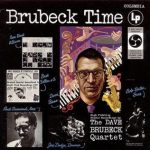

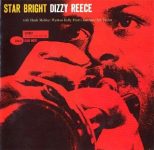
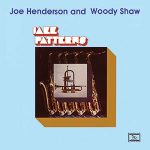
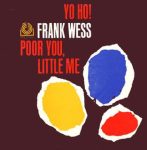
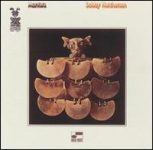
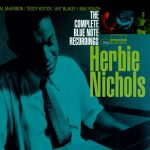


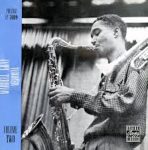

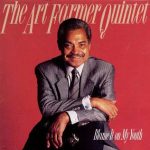
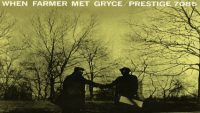

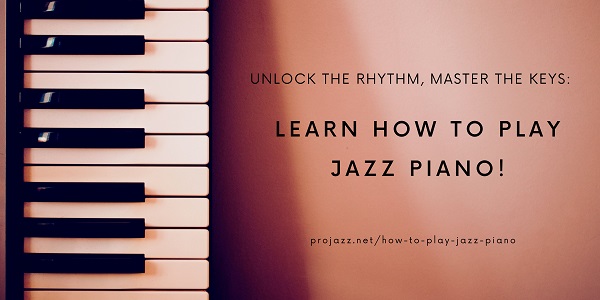
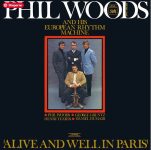

Thanks! Share it with your friends!
Tweet
Share
Pin It
LinkedIn
Google+
Reddit
Tumblr